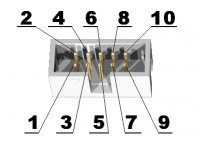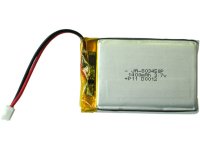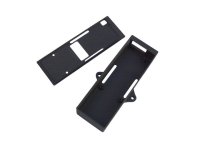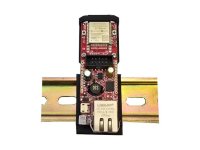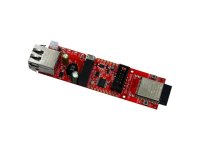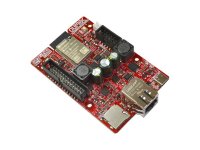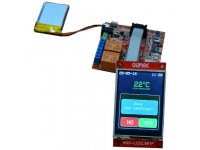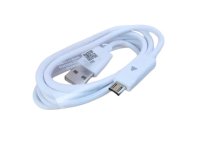ESP32-POE
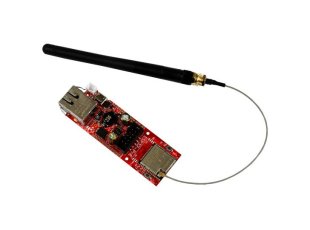
Select Product Variant
- ESP32-POE
- ESP32-POE-16MB
- ESP32-POE-EA
- ESP32-POE-EA-16MB
- ESP32-POE-EA-IND
- ESP32-POE-IND
- ESP32-POE-WROVER
- ESP32-POE-WROVER-EA
| Price | 21.95 EUR |
|---|---|
| 10 - 49 pcs | 19.76 EUR |
| 50 - 10000 pcs | 17.56 EUR |
ESP32-PoE is an ESP32-powered WIFI/BLE/Ethernet development board with Power-Over-Ethernet feature. It is the perfect addition to any project that requires connectivity.
The PoE is currently handled by TPS2375PW chip that is IEEE 802.3-compliant, including pre-standard (legacy) PoE support. The PoE powering requires at least 37V DC to operate successfully. The board takes power from the Ethernet cable and can be expanded with sensors and more. Perfect solution for Internet-of-Things projects.
Important notice: ESP32-POE has no galvano isolation from Ethernet's power supply, when you program the board via the micro USB connector the Ethernet cable should be disconnected (if you have power over the Ethernet cable)! Consider using Olimex USB-ISO to protect your computer and board from accidental short circuit (do not use external power for the USB-ISO!). Also consider instead using Olimex ESP32-PoE-ISO board which is insulated.
ESP32-POE-EA has ESP32-WROOM-32UE module with U.FL connector and external antenna attached.
ESP32-POE-IND and ESP32-POE-EA-IND use industrial grade components suitable for -40+85C operating temperature.
ESP32-POE-WROVER comes with ESP32-WROVER-E with 4MB flash and 8MB PSRAM, while ESP32-POE-WROVER-EA uses ESP32-WROVER-IE - notice that WROVER module requires two extra pins for the PSRAM - some software changes related to Ethernet and I2C might be required.
FEATURES
- ESP32 module with WIFI and Bluetooth (exact module depedns on the variant)
- Ethernet 100Mb interface with IEEE 802.3af PoE support
- LiPo battery charger
- LiPo battery connector
- Low power design - down to 200uA in deep sleep
- UEXT connector
- User button
- Reset button
- Micro USB with programmer for ESP32 programming
- MicroSD card
- Two extension connectors 0.1" step spaced at 1"
- PCB dimensions: (80 x 28)mm ~ (3 x 1)"
DOCUMENTS
HARDWARE
SOFTWARE
Works with any software that has ESP32 chip support. There is configuraiton for the board in most popular tools like the ESP32 package for Arduino, esphome, Tasmota, etc.Demo software
USB drivers:

